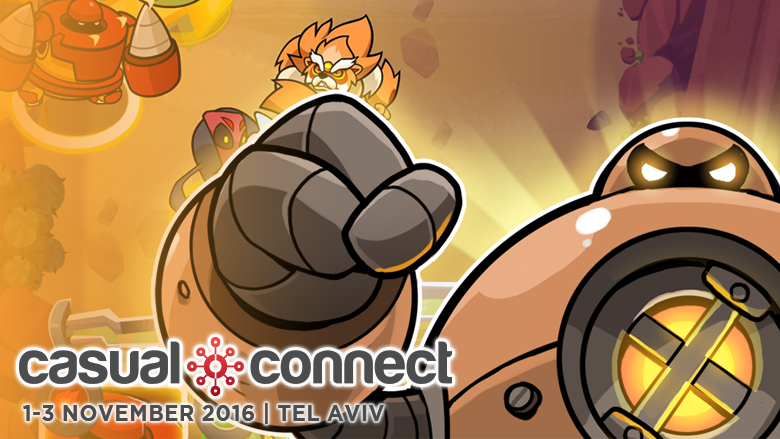Casual Connect Tel Aviv: what is the difference between an Asian player and a Western one?
Why a puppy will be easily “killed” in Asia to upgrade a character, why auto—play is needed and what else is important to remember when making a game for the eastern market – Ohad Barzilay, producer and game designer at Sidekick Games, told the Casual Connect Tel Aviv conference. We share a retelling of the speech.
Sidekick Games has developed a Pet Monsters game for Rovio
The main thing that Barzilai recommends paying attention to is the difference in mentalities.
For example, a character’s progress in Asian games almost always looks different than in Western games. In America, the player collects, say, crystals or gold to improve the hero. Then he builds armor and becomes stronger due to it. However, it will seem wild to him if the game, for example, offers to collect puppies and, due to their “merging” with them, become stronger. In Asia, a user can easily collect animals to “merge” a character with him and thus upgrade him.
Why is that?
The fact is that there are other religious beliefs in Asia. Both Japanese Shintoism and Chinese Taoism teach that there are many spirits, “kami” around a person (in fact, in the case of Taoism, everything is more complicated — in short, any entity, including physical objects, is part of the whole. And when the physical shell is destroyed, it does not die, but passes from one state to another, — approx. App2Top). They live everywhere — in animals, paintings and even stones. And after the physical disappearance of objects, spirits do not disappear, but simply move from carrier to carrier. That is, if a player “merged” with a puppy, then the spirit of this puppy did not die, but moved into the character and made him stronger. “In Asia, such things don’t even need to be explained,” Barzilai comments.
The next point to remember is the love of Asian users for gacha mechanics. If Western players calmly perceive projects without it, then Asian players are so used to it that they are sure that it should be in the game by default.
Barzilai compares gacha with slots. These two mechanics have a lot in common, but no less differences. If in slots the main task is to win the main prize, then in gacha the player tries to get the rarest item. In slots, the user often gets nothing. In gacha, every interaction with mechanics brings a prize, even if it is often of little value. And even this small prize will be generally useful to the player.
To apply the mechanics correctly, you need to follow several rules. Firstly, if there is a gacha in the project, then it is necessary to fine-tune the balance. With the receipt of a powerful item, the complexity of the game should grow very much. “Let’s say there is a person in the game who spent $400. And there is one who has not spent anything. So the balance should be adjusted so that both of them are interested,” Barzilai advises.
The Asian player likes variety, says Barzilai. For gacha, it is necessary that the game has a lot of items in each category — both among rare and valuable, and among frequently encountered. In addition, different types of gacha are needed — simple ones that are launched for soft currency, and premium ones that need to be paid for with hard currency.
Special gacha works well, tied to seasonal holidays, events, or levels. Barzilai also advises to try gacha “in a box” (details about this mechanics are described here, — approx. App2Top) or “friendly” gacha, when a player sends a friend the opportunity to use the mechanics.
Another mechanic that Barzilai mentions is auto-playback. It is not used in the West, but in Asia it is becoming more widespread. The point is that the user starts the game “on the machine” when the character has to do the same thing for a long time — fight enemies or extract resources. Mechanics are applied in order to reduce fatigue from the grind.
And the last thing Barzilai advises to remember is the difference in attitude to pay-to-win. In the West, this approach to the game is condemned, but in Asia, on the contrary, it is socially acceptable. A user who paid money to complete a level will not hide it. Moreover, the paying user will expect special treatment for his money, a “premium” service. This is another difference between a Western player and an Asian one, Barzilai is sure. In the West, the player expects that the service will be excellent, even if he has not paid anything.




